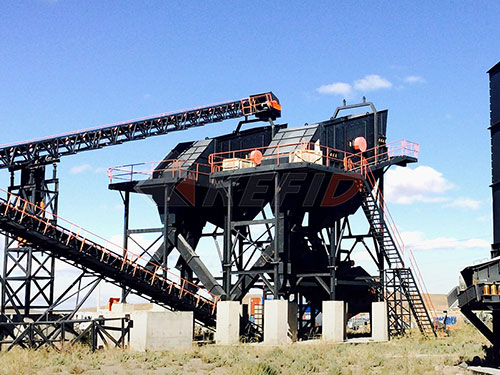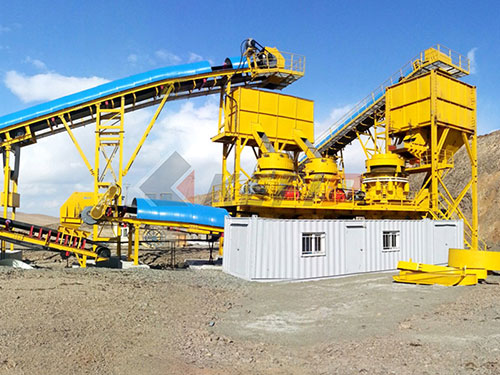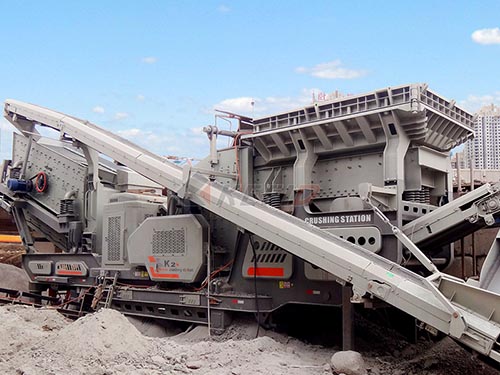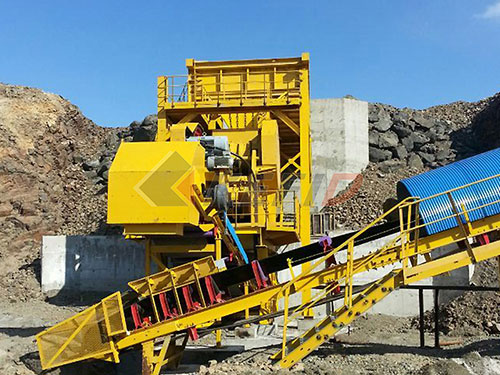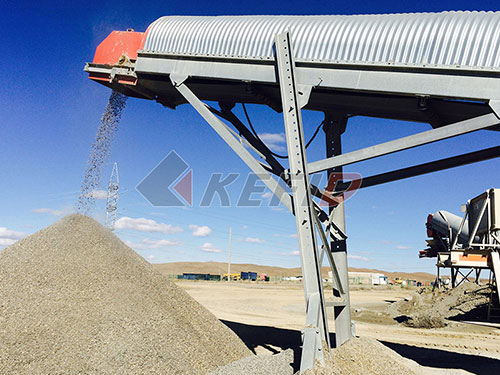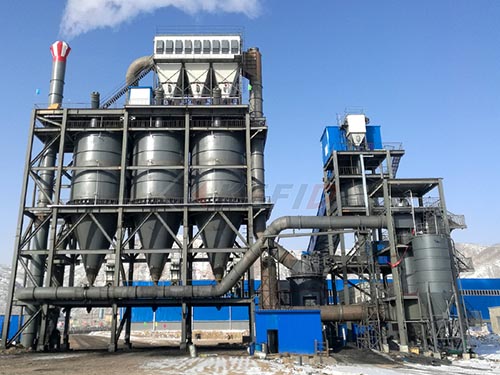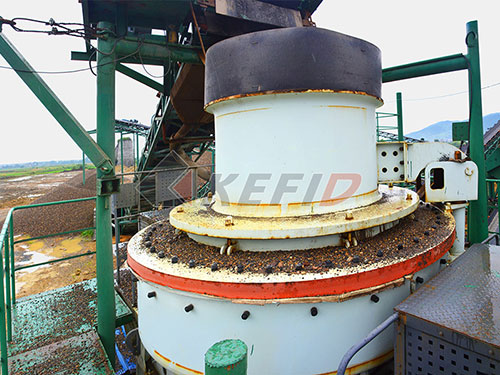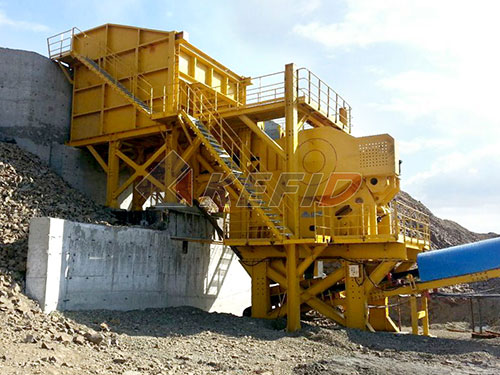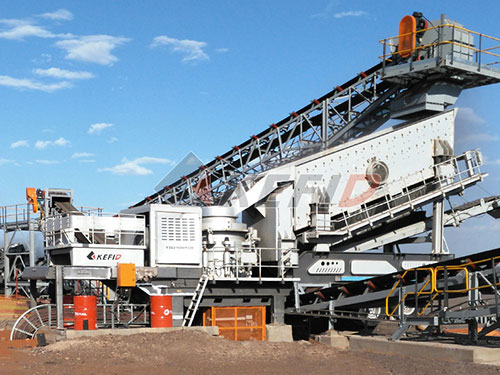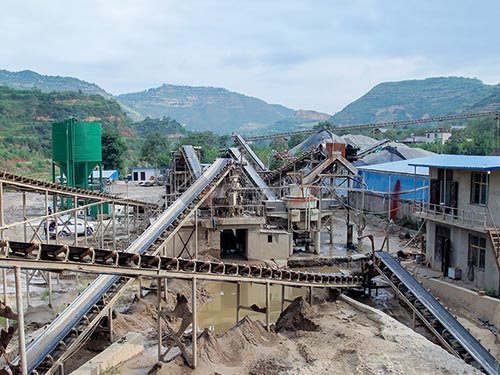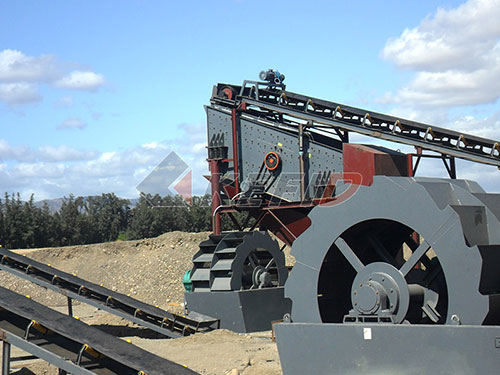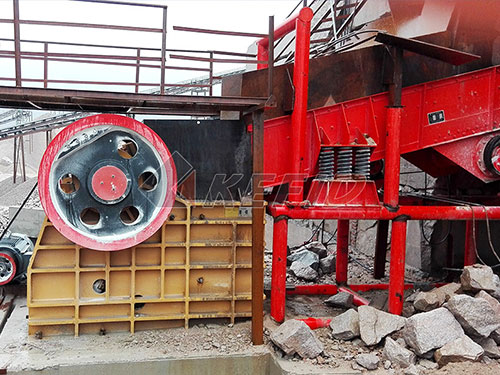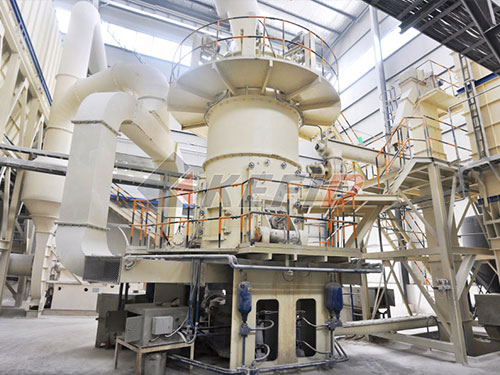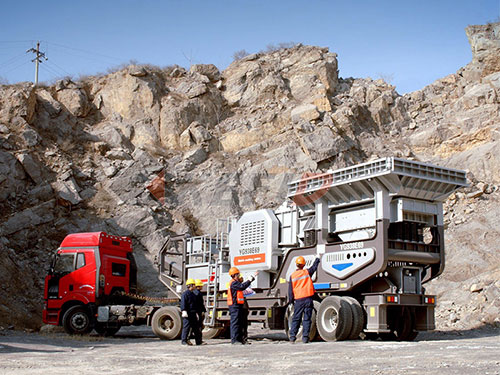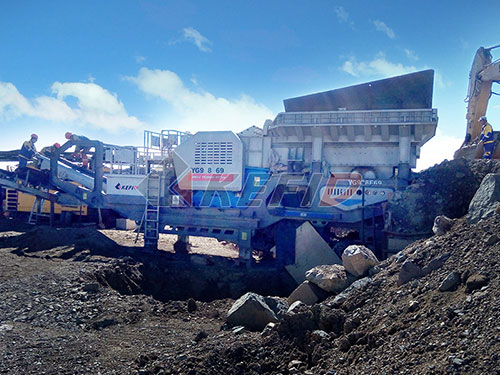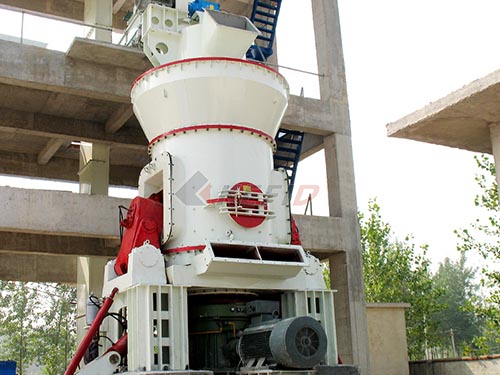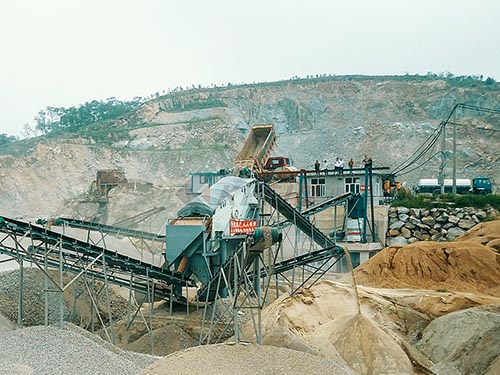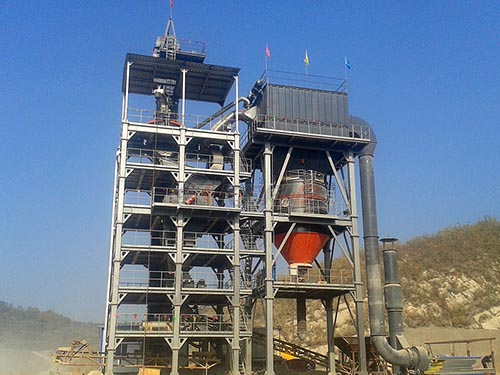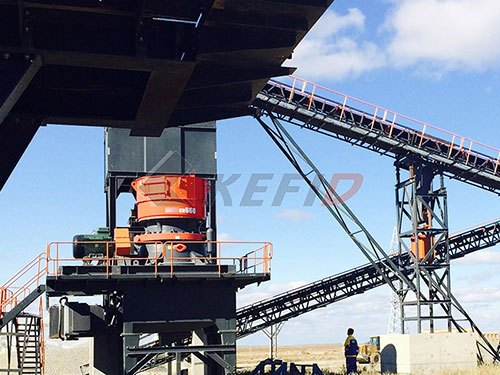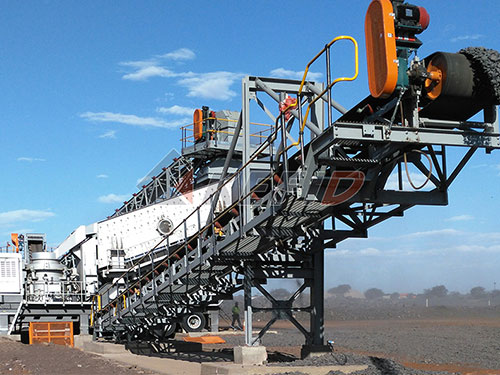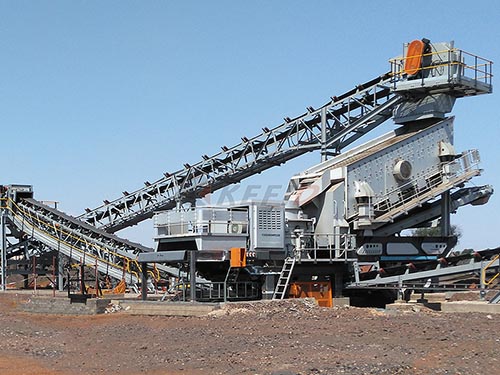Small Mini Stone Hammer Crusher PC400x300: A Strategic Investment for Tanzania’s Building Boom
Tanzania stands at a pivotal moment. Its ambitious development agenda, fueled by rapid urbanization, population growth, and significant infrastructure projects, demands vast quantities of construction materials. Aggregates – crushed stone, gravel, and sand – form the literal bedrock of this progress. Meeting this surging demand efficiently and cost-effectively is paramount. Enter the Small Mini Stone Hammer Crusher PC400x300, a compact powerhouse offering Tanzanian entrepreneurs and small-to-medium enterprises (SMEs) a remarkably viable entry point into the profitable aggregate production sector.
The Tanzanian Context: Demand Outpacing Supply
Infrastructure Surge: Projects like the Standard Gauge Railway (SGR), expansion of Julius Nyerere International Airport, new roads under TARURA (Tanzania Rural and Urban Roads Agency), port developments, and numerous housing initiatives are consuming aggregates at an unprecedented rate.
Urbanization Momentum: Cities like Dar es Salaam, Mwanza, Arusha, and Dodoma are expanding rapidly. New residential estates, commercial complexes, schools, and hospitals all require massive amounts of building materials.
Limited Large-Scale Quarrying: While large quarries exist near major cities like Dar es Salaam (e.g., Kunduchi), their reach is limited. Transporting aggregates over long distances significantly inflates costs (often doubling or tripling the price per ton by the time it reaches inland sites), making local production economically essential.
SME Opportunity Gap: There’s a significant gap between large industrial crushers requiring massive capital investment ($100k+) and rudimentary manual methods that are slow and unproductive. SMEs need accessible technology to participate meaningfully in the supply chain.
Why Aggregates? The Foundation of Prosperity
Aggregates aren’t just rocks; they are transformed into:
1. Concrete: The essential material for foundations, columns, beams slabs in buildings & infrastructure.
2. Asphalt: Binding agent for road surfaces crucial for connectivity & trade.
3. Blocks & Pavers: components for walls paving driveways landscaping.
4. Rail Ballast: Provides stability drainage beneath railway tracks vital for SGR operations.
5. Drainage Layers: Used in foundations roadbeds civil engineering works.
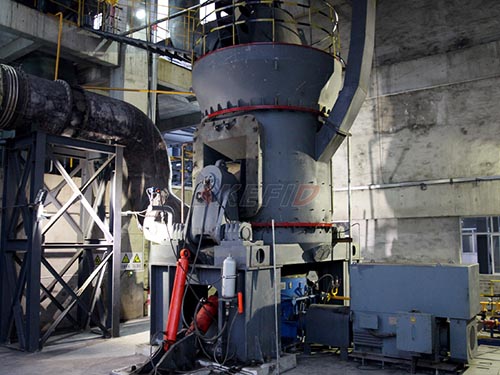
Without readily available affordable aggregates Tanzania’s development engine stalls.
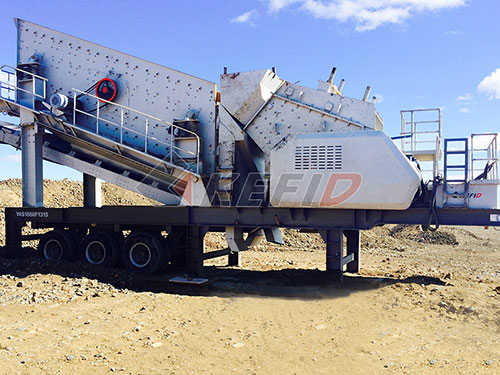
The PC400x300 Hammer
